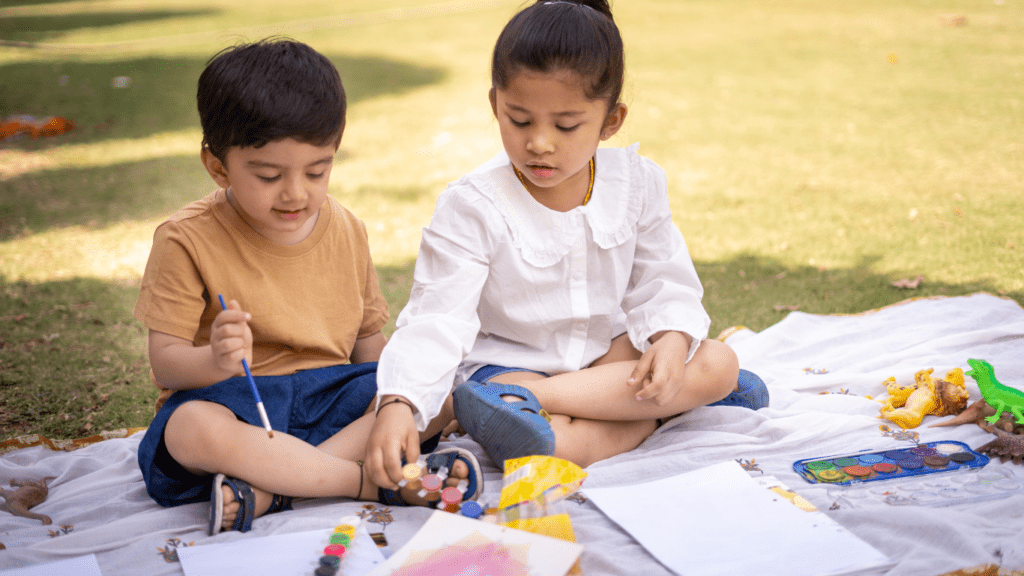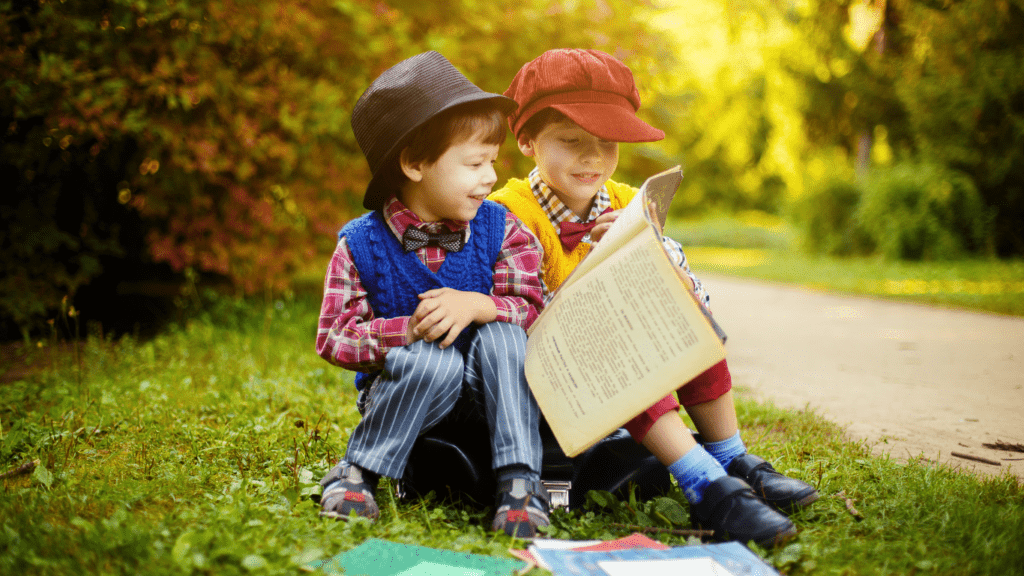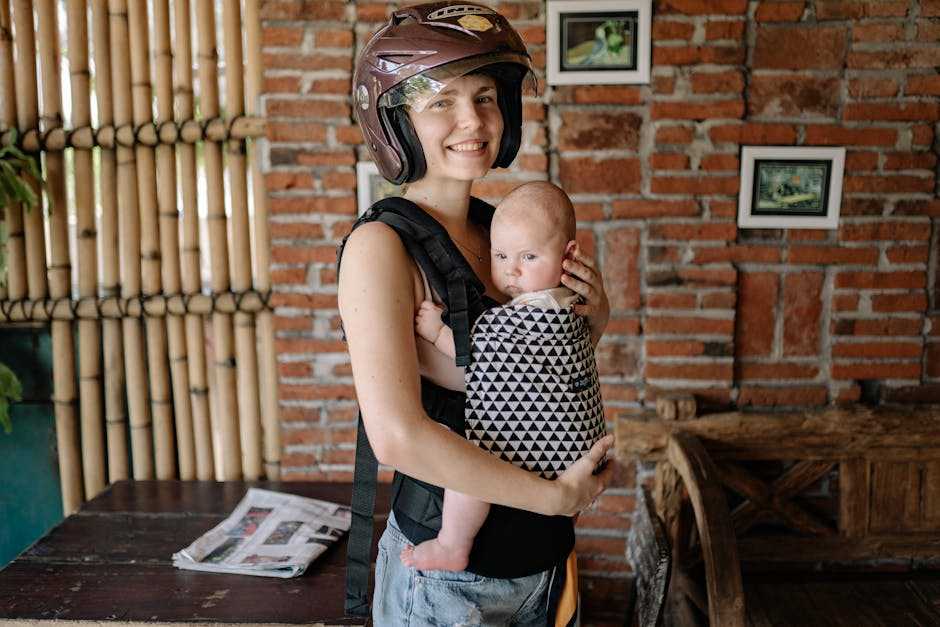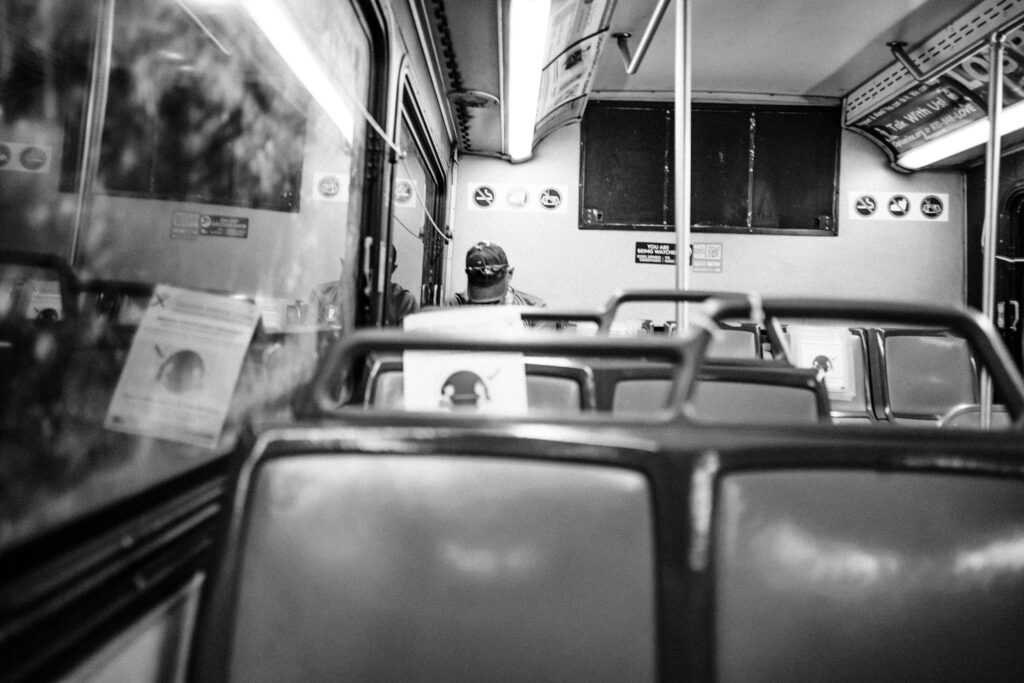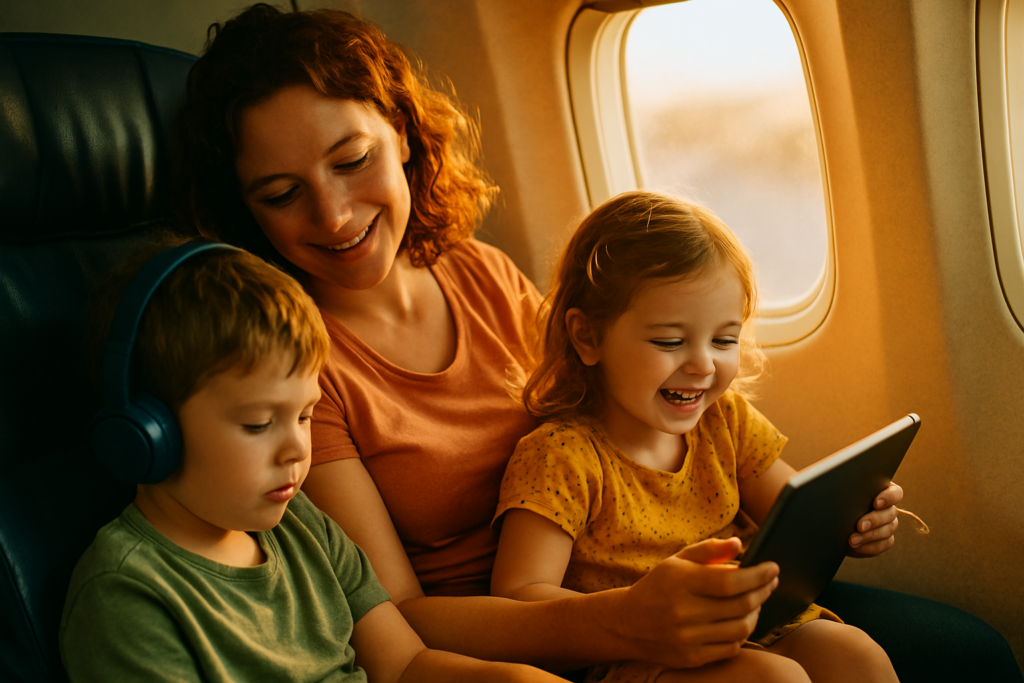Traveling with kids can be an enriching experience, offering them the opportunity to learn about different cultures firsthand. As a parent, I’ve discovered that cultural immersion is a fantastic way to make travel not only fun but also educational for children. Exposing kids to new languages, traditions, and customs at a young age can broaden their perspectives and foster a sense of curiosity about the world around them.
In this article, I’ll share practical tips on how to incorporate cultural immersion into family travel adventures, ensuring that your kids not only enjoy the trip but also gain valuable insights along the way. From trying local cuisine to participating in traditional activities, there are numerous ways to make every journey a learning opportunity for young minds. Let’s explore how you can turn your family vacations into unforgettable educational experiences through cultural immersion.
Exploring Cultural Immersion with Kids
On our family travels, I always strive to immerse my kids in different cultures. It’s essential to me that they don’t just visit a new place but truly experience it. Here are some practical ways to make cultural immersion educational and enjoyable for children:
Trying Local Cuisine Together
When we travel, one of the first things I do is introduce my kids to the local cuisine. We make it a fun experience by sampling traditional dishes and learning about the ingredients and cooking methods. By trying new foods, kids can understand how food plays a crucial role in a culture’s identity.
Participating in Traditional Activities
Engaging in traditional activities is a fantastic way to help kids learn about a culture firsthand. Whether it’s trying on traditional clothing, joining in local dances, or creating traditional crafts, these hands-on experiences leave a lasting impression on children.
Visiting Cultural Sites and Museums
Visiting cultural sites and museums provides a deeper insight into the history and heritage of a place. I love taking my kids to historical landmarks, art galleries, and museums to expose them to different art forms, historical events, and cultural practices.
Learning the Local Language
Learning a few words or phrases in the local language can go a long way in bridging the cultural gap. I encourage my kids to pick up basic greetings or common expressions, enabling them to interact with locals and show respect for the local culture.
Connecting with Local Families
Meeting and interacting with local families can offer a unique perspective on daily life in a different culture. Through homestays, cultural exchanges, or community visits, kids can witness firsthand how families live, work, and play in a particular region.
Attending Cultural Festivals and Events
Attending cultural festivals and events immerses kids in the vibrant traditions and customs of a community. From music festivals to religious celebrations, these events provide children with a sensory experience that showcases the rich tapestry of a culture.
Benefits of Educational Travel for Children
Traveling with children is a fantastic way to provide them with a rich educational experience that goes beyond the classroom. Here are some key benefits of educational travel for children:
- Broadening Cultural Awareness
Exploring new cultures through travel exposes children to different ways of life, traditions, and customs. It helps them develop a deeper understanding and appreciation of the diversity in the world. Experiencing firsthand how people from different parts of the world live and interact can broaden their cultural awareness and promote tolerance and acceptance. - Enhancing Language Skills
Immersion in a foreign language environment during travel can significantly improve children’s language skills. By hearing and using the local language in everyday situations, kids can quickly pick up new vocabulary and improve their pronunciation. Language barriers may initially be challenging, but children often adapt and learn to communicate effectively, boosting their confidence and linguistic abilities.
Fostering Open-mindedness
Traveling and being exposed to diverse cultures from a young age can cultivate open-mindedness in children. It teaches them to appreciate and respect different perspectives, beliefs, and ways of life. Through interactions with people from varied backgrounds, children learn to embrace diversity and adapt to unfamiliar situations, fostering a sense of curiosity and empathy towards others.
Tips for Planning Educational Trips
Researching Destinations
When planning educational trips for kids, I always start by researching destinations that offer rich cultural experiences. I focus on locations known for their historical significance, diverse traditions, and immersive activities that can engage and educate children. It’s essential to explore destinations that provide opportunities for hands-on learning, such as interactive museums, cultural workshops, and historical sites that bring history to life for young minds. Researching destinations carefully ensures that the trip will be not only enjoyable but also educational, offering kids a chance to learn and grow through exploration.
Incorporating Learning into Travel Activities
Enriching travel experiences for kids with educational components is key to maximizing their cultural immersion. As I plan our family trips, I always prioritize incorporating learning into our travel activities. It’s not just about sightseeing; it’s about creating opportunities for my kids to learn about different cultures in a meaningful way.
Visit Museums and Historical Sites
Explore local museums and historical sites to provide kids with a deeper understanding of the destination’s history and heritage.
By walking through exhibits and learning about artifacts, children can connect with the past and appreciate the significance of cultural preservation.
Attend Cultural Performances
Immerse your kids in the local arts scene by attending cultural performances such as traditional dances, music concerts, or theater shows.
Experiencing live performances can be both entertaining and educational, offering insights into the region’s artistic expressions and cultural practices.
Engage in Workshops and Classes
Look for workshops or classes that teach traditional crafts, cooking techniques, or local language skills.
Hands-on experiences allow children to actively participate in cultural activities, fostering creativity and a deeper appreciation for different customs.
Interact with Locals
Encourage your kids to engage with local residents, whether through organized tours, homestays, or community activities.
Interacting with locals provides valuable opportunities for cultural exchange, enabling children to learn firsthand about daily life, traditions, and customs.
By integrating these educational elements into our travel itinerary, I ensure that my kids not only see new places but also gain a well-rounded understanding of the diverse cultures we encounter. Travel becomes a powerful learning experience that broadens their horizons and shapes their perspectives in a profound way.

